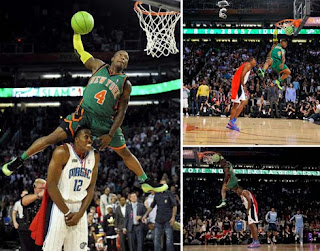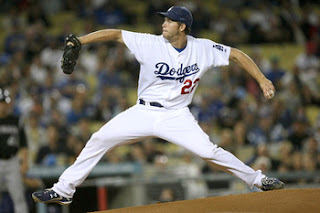The only thing that can change the motion of an object
is a net (unbalanced) force acting on it. This is given by Newton's
First Law of Motion, sometimes also called the Law of Inertia.
In the hover disk lab, we learned about Newton's 3rd Law of motion which states that forces are equal and opposite. With the fan underneath the hover disk, we eliminated friction. We used interaction and free body diagrams to record out diagrams to record our data.
Big Question #2-What is the relationship between mass, force, and acceleration?
Later we performed the fan cart lab. We performed 5 different trials using 5 different masses to collide the fan cart with the aluminum ring. With the help of LoggerPro to calculate our slope (acceleration), we concluded that F=ma. The fan cart helped us learn about Newton's 1st and 2nd Law
Overall, we learned that F=ma or Force=Mass X Acceleration. The net force acting on an object will cause acceleration.
There are also about 6 different types of forces: gravitational, normal, friction, tension, spring, and buoyancy. Interaction and free body diagrams help us explain what's going on in the lab.
Real Life Connection-Jumping!
Newton's 3rd Law of motion is applied to jumping like in basketball. An athlete can jump higher off a solid surface because it opposes his
body with as much force as he is able to generate, in contrast to sand
or other unstable surface.



























